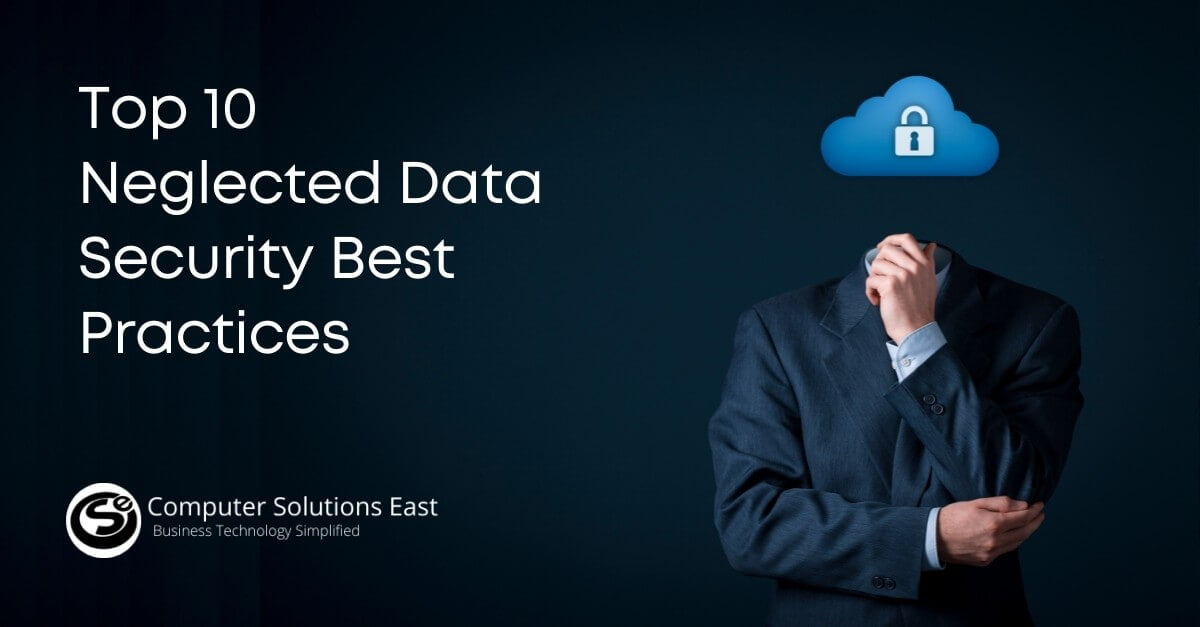Gmail & Yahoo Announces Urgent Policy For February 2024
Gmail and Yahoo are introducing new updates to reduce unwanted emails. These updates aim to improve the inbox experience for users and will significantly impact senders. The upcoming changes mainly focus on email relevance and better authentication, and they pave the way for new mailbox standards that will require all senders to improve their emailing practices.

Gmail and Yahoo announced for 2024
In an ongoing effort to secure inboxes, both Gmail and Yahoo have said they will enforce new protection policies for bulk email senders by February 2024:
- Authenticate their email: You should be able to trust the source of an email without worrying about email security standards. Gmail is mandating that high-volume senders authenticate their emails using well-established best practices to ensure this. This step will help prevent attackers from exploiting loopholes, potentially harming anyone using email, and making email a safer place for everyone.
- Enable easy unsubscription: Opt out of receiving unwanted emails from a particular sender should be straightforward. It shouldn’t require any complicated steps. That’s why Google has made it mandatory for businesses to provide a one-click unsubscribe option for commercial emails sent to Gmail recipients. They must also process any unsubscription requests with in two days. Google made these requirements to open standards so that all email users can benefit once senders implement them.
- Ensure they’re sending wanted emails: Most of us hate receiving spam emails, and Gmail has already introduced several features to filter out unwanted messages from the inbox. To provide an additional layer of security in the future, Google has implemented a strict spam rate threshold that senders must comply with to ensure Gmail users do not receive excessive amounts of spam. It’s a unique initiative in the industry, and as a result, you will experience a significant drop in the number of spam emails you receive in your inbox.
“Many bulk senders don’t appropriately secure and configure their systems, allowing attackers to easily hide in their midst.” – Neil Kumaran, Group Product Manager, Gmail Security & Trust.
The upcoming policies are significant, although they are not entirely new. Email deliverability best practices have always included authentication, easy opt-out, and spam monitoring. These standards have caused concern among senders, but at CSE, we anticipate that such requirements will soon be adopted across the industry.
How to prepare?
It is essential to be prepared for the mandatory guidelines by the first quarter of 2024. The policies of Google and Yahoo differ based on the daily email volume.
To improve your email deliverability, it’s crucial to implement the proper authentication methods.
1.Setting up SPF & DKIM for your domain
What does it mean?DomainKeys Identified Mail (DKIM) and Sender Policy Framework (SPF) are essential for authenticating emails. DKIM uses encryption to sign and verify your email, while SPF enables you to list all the IP addresses authorized to push email on behalf of your domain. During the onboarding process of your SendGrid account, you were prompted to set up your SPF and DKIM records, a standard procedure to ensure the security of your sending domain.
2.Enabling one-click unsubcribe
What does it mean?Adding a one-click unsubscribe option to your email campaign allows subscribers to remove themselves from your mailing list easily. This can be achieved by inserting an “unsubscribe” button next to the “From” address at the top of your email.
3. TLS connection for transmitting email
What does it mean? Transport Layer Security (TLS), a security protocol for online communication. It ensures privacy and encryption of data. To send emails to Gmail and Yahoo, a secure TLS connection is mandatory.
4.DNS Configuration
What does it mean? Reverse DNS enables mailbox providers to confirm the sender’s identity by performing a reverse DNS lookup on the emails they receive. To achieve this, you must update your DNS provider with a DNS record provided by SendGrid before sending mail over your IP. When you do so, the recipient’s email service provider will conduct a reverse DNS lookup using an A Record (address record).
While most requirements are standard, new requirements include:
- Setting up SPF & DKIM.
- Configuring DNS.
- Providing a one-click unsubscribe option.
- TLS connection
If you feel lost and need help knowing where to begin with the list of requirements, don’t worry. Our team of experts is here to help you. We can guide you through domain authentication, alignment, DMARC, complaint levels, etc. You can also learn about the new sender requirements of Gmail and Yahoo! and what you should do to comply with them and keep your sending safe.


